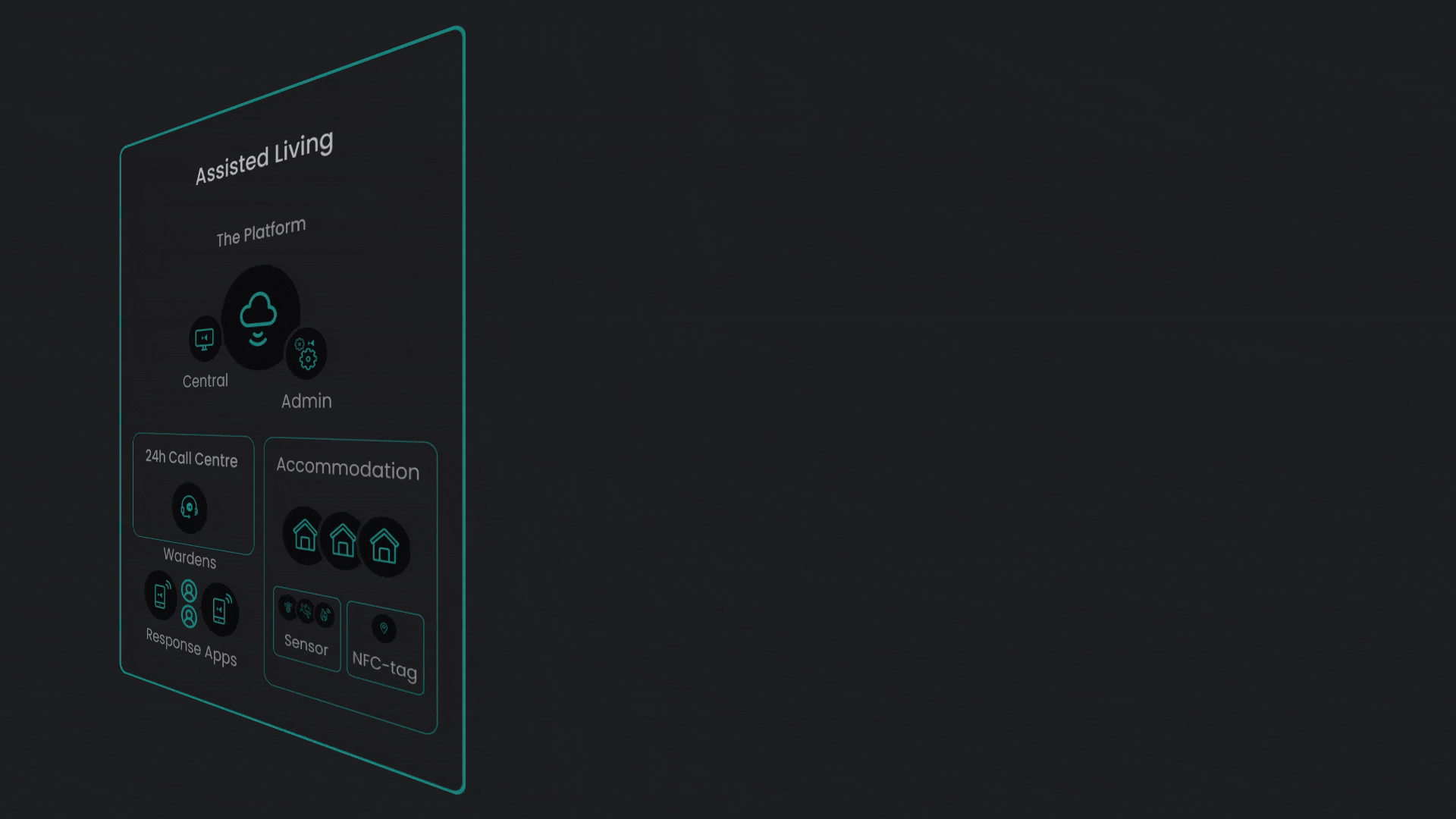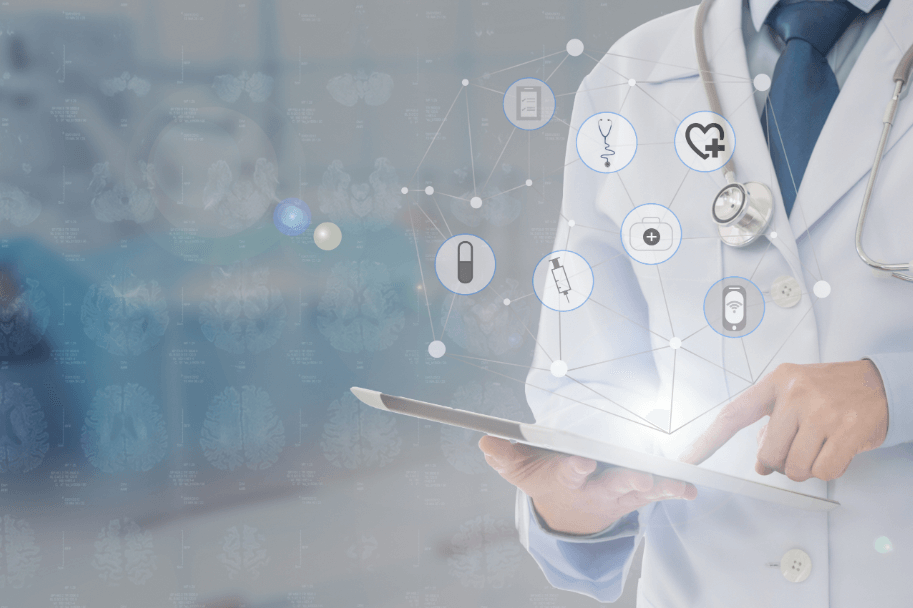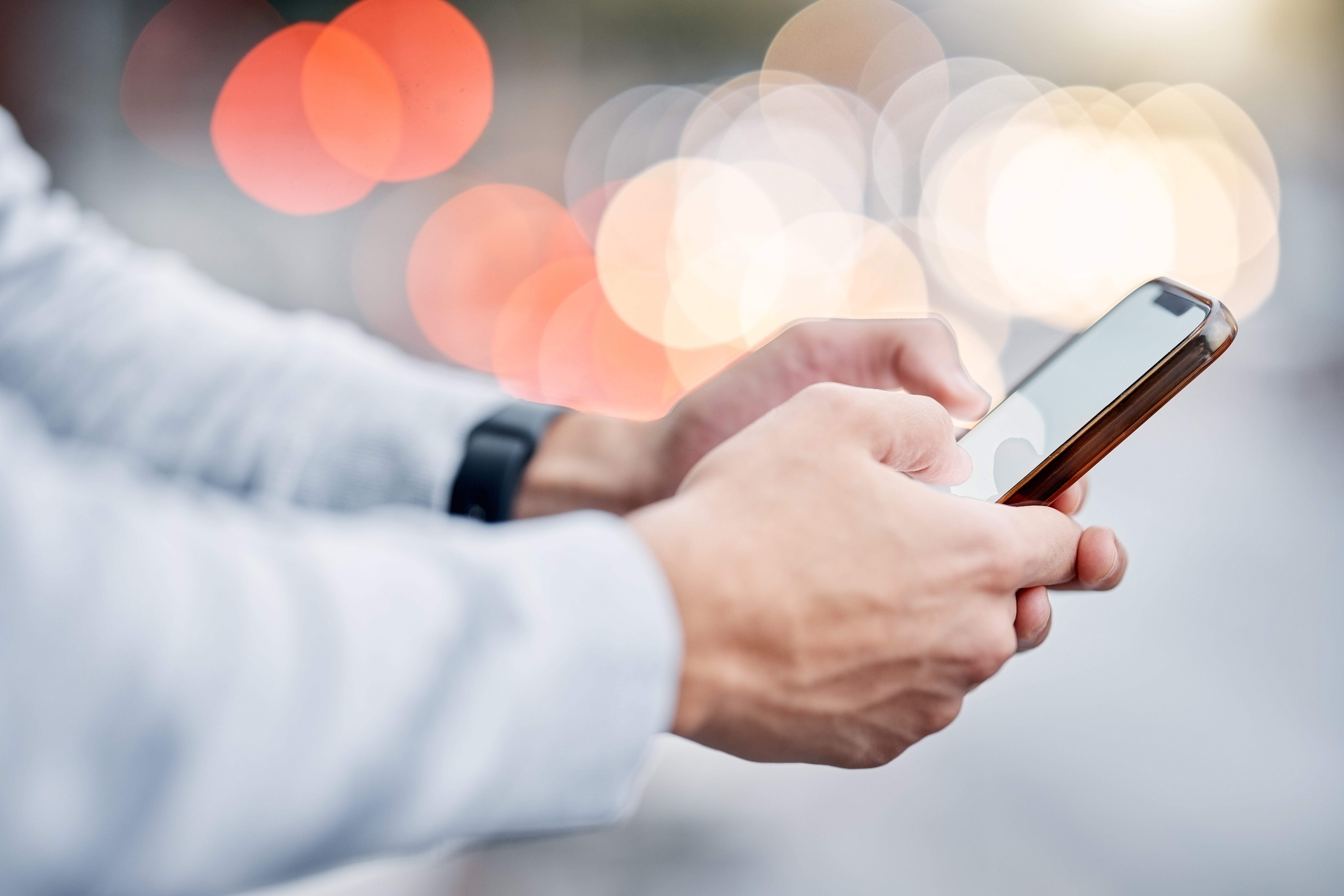Beyond doubt, the efforts geared towards fighting the COVID-19 pandemic have helped to hasten the slow paradigm shift to a digitalized healthcare sector across the world. As a result, many innovations and healthcare technology trends that were slowly accepted pre-covid period began to make more sense to all parties in the health sector.
Perhaps, seeing how much the existing digital tools contributed to combatting the spread of the virus was a clear indicator of the untapped potentials that lay in healthcare technology to these parties. Consequently, a significant rise in the interest of all key players ranging from care staff, health ministries, municipalities, councils, solution providers, etc., have been witnessed globally. The year 2022 is already looking remarkable for the healthcare industry with many partnerships and collaborations in the pipe to improve caregiving and healthcare delivery services generally. Many technologies in the pipe will also grow to maturity and launch into the marketplace. These innovations are many, but a few will be discussed in succeeding paragraphs below to give useful insight.
This article is targeted at solution providers to help them tailor their innovation to fit into the current healthcare technology trends. Likewise, assisted living/nursing homes can pick a thing or two that will greatly benefit them.
Proactive Care
Nowadays, robust efforts are put into seeing that hospitals are decongested as much as possible. Hospitals want to ensure that patients spend the minimum possible time occupying a bed, especially if such a case is not critical. Therefore, healthcare personnel across all levels of caregiving are embracing the use of new technologies, such as wearables, to help remotely monitor vital signs in a patient.
So, even if a patient is discharged from the hospital, their vital signs, such as heart rate, stress level, oxygen detectors, blood pressure, etc., can be remotely monitored by a nurse or doctor in the hospital.
To make proactive care more effective, we can use radar technology. In this case, wearables can be eliminated since remote alarm systems can monitor a patient via interoperability with radar technology. Cloud-based alarm platforms are essential to ensuring that this technology becomes full-blown.
Big Data, Machine Learning, and Artificial Intelligence Integration
Healthcare organizations constantly collate a lot of data from their patients and subscribers; however, there is insufficient data to make accurate decision-making. This shows that having data is not enough; using it right is more important. In a bid to bring Artificial Intelligence (AI) and Machine Learning (ML) into the healthcare system, big data has to be the bedrock of any innovation in this regard.
The various ways by which this can be beneficial are research, population health management, disease control, automation of back-office workload, and elderly care. For example, an elderly care home can have sensors installed that measures gait speed and stride length. This data can help as indicators of a fall happening. For instance, if the recorded gait speed and stride length are below the preset values, it might signify that a fall is likely to happen soon.
In such a scenario, the sensors send out an alert (or alarm) to the monitoring party, allowing them to swing to action and prevent the fall from happening.
Robotics
Just like in other climes, robotics has a lot of potential to improve healthcare delivery ranging from medical procedures to even logistics management. Although robotic assistance has been in play since the ‘80s, it has recently gained more prominence and acceptance. This can potentially reduce invasiveness, recovery time, and shortage of medical staff.
In the case of disease spread control, the pandemic saw robots attend to critically infected persons, thereby reducing the risk of medical personnel contracting the virus. Thanks to ultrafast network connections like the 5G and cloud-based platforms, all these are possible.
On the back scene, robots help with supply chain management, inventory-taking, and general logistics in the healthcare industry.
The Reality Today
All of these healthcare technology trends won’t look promising and easily integrated into the without some really influential factors coming into play. Some of them are the ageing population, increased mobile phone use, increased trust in healthcare apps, and others.
One of such companies contributing to healthcare technology adoption and integration into traditional care solutions is . Proactive care, especially for the disabled or aged, is becoming a norm and not seeming impossible like before through our cloud-based platforms. Our alarm management platform is top-notch and can receive analogue and digital signals and immediately take counter-actions.
Read more: Alarm Industry Trends to Look Out for in Elderly Care




